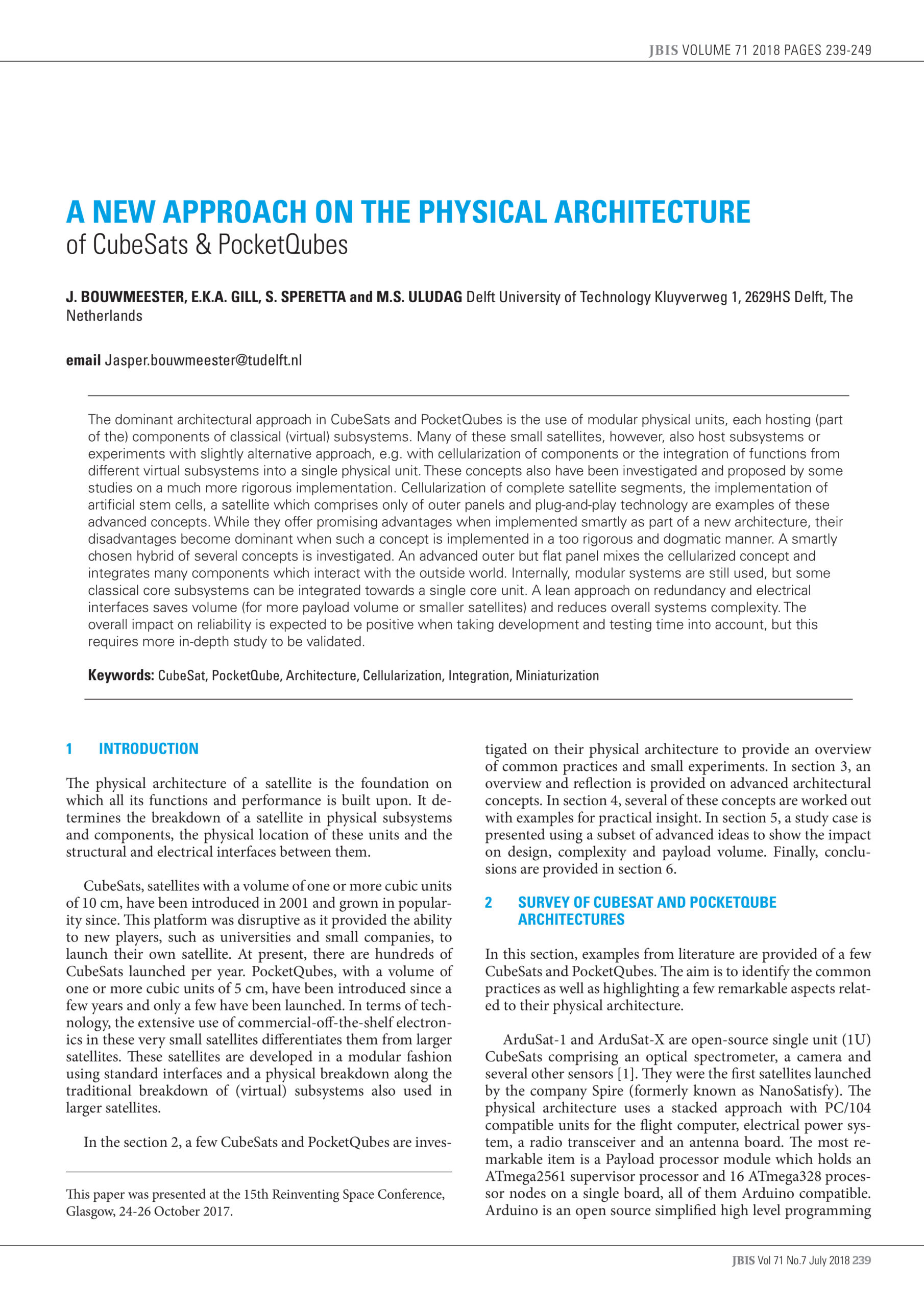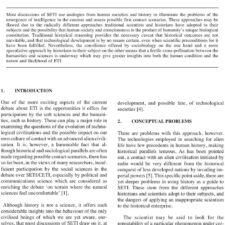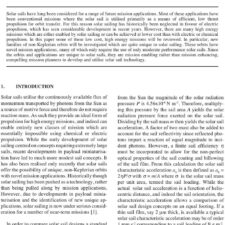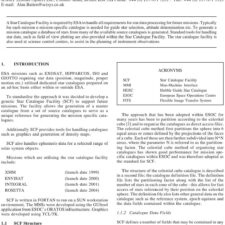A New Approach on the Physical Architecture of CubeSats and PocketQubes
£5.00
J. Bouwmeester et al. (2018), JBIS, 71, pp.239-249
Refcode: 2018.71.239
Keywords: CubeSat, PocketQube, Architecture, Cellularization, Integration, Miniaturization
Abstract:
The dominant architectural approach in CubeSats and PocketQubes is the use of modular physical units, each hosting (part of the) components of classical (virtual) subsystems. Many of these small satellites, however, also host subsystems or experiments with slightly alternative approach, e.g. with cellularization of components or the integration of functions from different virtual subsystems into a single physical unit. These concepts also have been investigated and proposed by some studies on a much more rigorous implementation. Cellularization of complete satellite segments, the implementation of artificial stem cells, a satellite which comprises only of outer panels and plug-and-play technology are examples of these advanced concepts. While they offer promising advantages when implemented smartly as part of a new architecture, their disadvantages become dominant when such a concept is implemented in a too rigorous and dogmatic manner. A smartly chosen hybrid of several concepts is investigated. An advanced outer but flat panel mixes the cellularized concept and integrates many components which interact with the outside world. Internally, modular systems are still used, but some classical core subsystems can be integrated towards a single core unit. A lean approach on redundancy and electrical interfaces saves volume (for more payload volume or smaller satellites) and reduces overall systems complexity. The overall impact on reliability is expected to be positive when taking development and testing time into account, but this requires more in-depth study to be validated.





